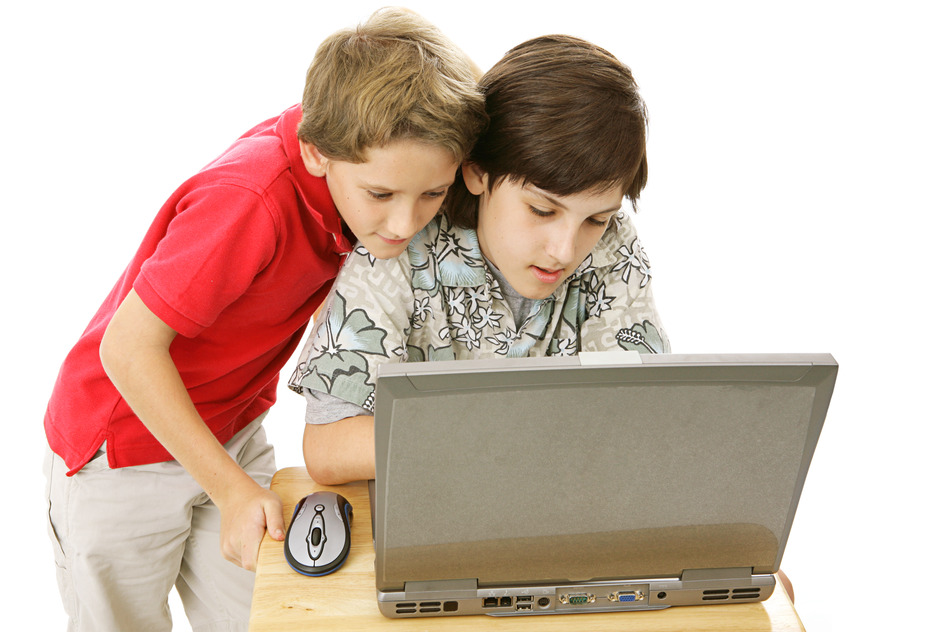The London School of Economics and Political Science, in partnership with the EU Kids Online Network, published a long white paper (171 pages!) about what children perceived as online problematic situations (OPS), in contrast to what researchers and/or parents thought were problematic, and why.
The report also highlighted the types of risks children are aware of, what the negative consequences are when one engages in or observes risky behaviour online, how they react to them, and what they do to avoid these situations.
It took me a few days, but eventually I finished it. It’s a highly recommended reading for parents who have kids and are interested to know what these young ones think about online bullying, interacting with friends and strangers via social networking sites, or how they perceive privacy and online safety; for educators who is hands-on with kids of all ages; and for advocates of the safety of children and teens in both online and offline.
Here are just some of the takeaways I got after reading the report:
- Some kids usually don’t know when they are already being bullied online or when they are witnessing someone getting bullied. How they define bullying also depends on who’s doing the “bullying”: if a friend is doing it, to them it’s just harmless teasing; however, if a stranger does it, they consider it bullying.
- Some kids admit to seeing sexual images and videos that pop up unexpectedly while searching for images, games, or doing something related to homework. These are ads that point to dating or porn sites, which they claim could not be put off, thus, they’re “there all the time”.
- Although most children report feeling bothered by sexual content online, some (especially young teen girls) post provocative photos of themselves to gain Facebook likes or get the attention of their peers. This could also lead to communicating with strangers (especially men) who are older than them.
- Revenge porn exists in the age group of the children who were interviewed. Some kids know someone from their peers, usually boys, who share private, intimate photos of their previous girlfriends with their friends. Some kids also engage in sexting.
- Kids admit to sharing passwords of their Facebook accounts with friends, perceiving that this isn’t risky but actually “cool”, despite some of them revealing that their friends have accessed and posted to the said social network on their behalf without them knowing.
- In general, kids recognize that one can be addicted online, and that it would be bad if this happens.
- Most kids are bothered when it comes to meeting strangers online and offline. It is common sense knowledge for them that people can pretend to be someone else and why. Meeting strangers offline is also one of the reasons why some fear putting too much of their information online that others they don’t know can access.
- Children generally name their parents and e-safety initiatives conducted by schools in cooperation with police authorities as their main sources of information with regard to keeping themselves secure from online and offline strangers.
Although the children who were interviewed in the study were all from European countries, their perspectives can serve as benchmark for us to begin understanding the younger generation of our time so we can respond and guide them accordingly towards a safe, smart, and responsible computing experience.
You can download and read the full report here: Smahel, D. & Wright, M. F. (eds) (2014). Meaning of online problematic situations for children. Results of qualitative cross-cultural investigation in nine European countries. London: EU Kids Online, London School of Economics and Political Science.
Jovi Umawing










